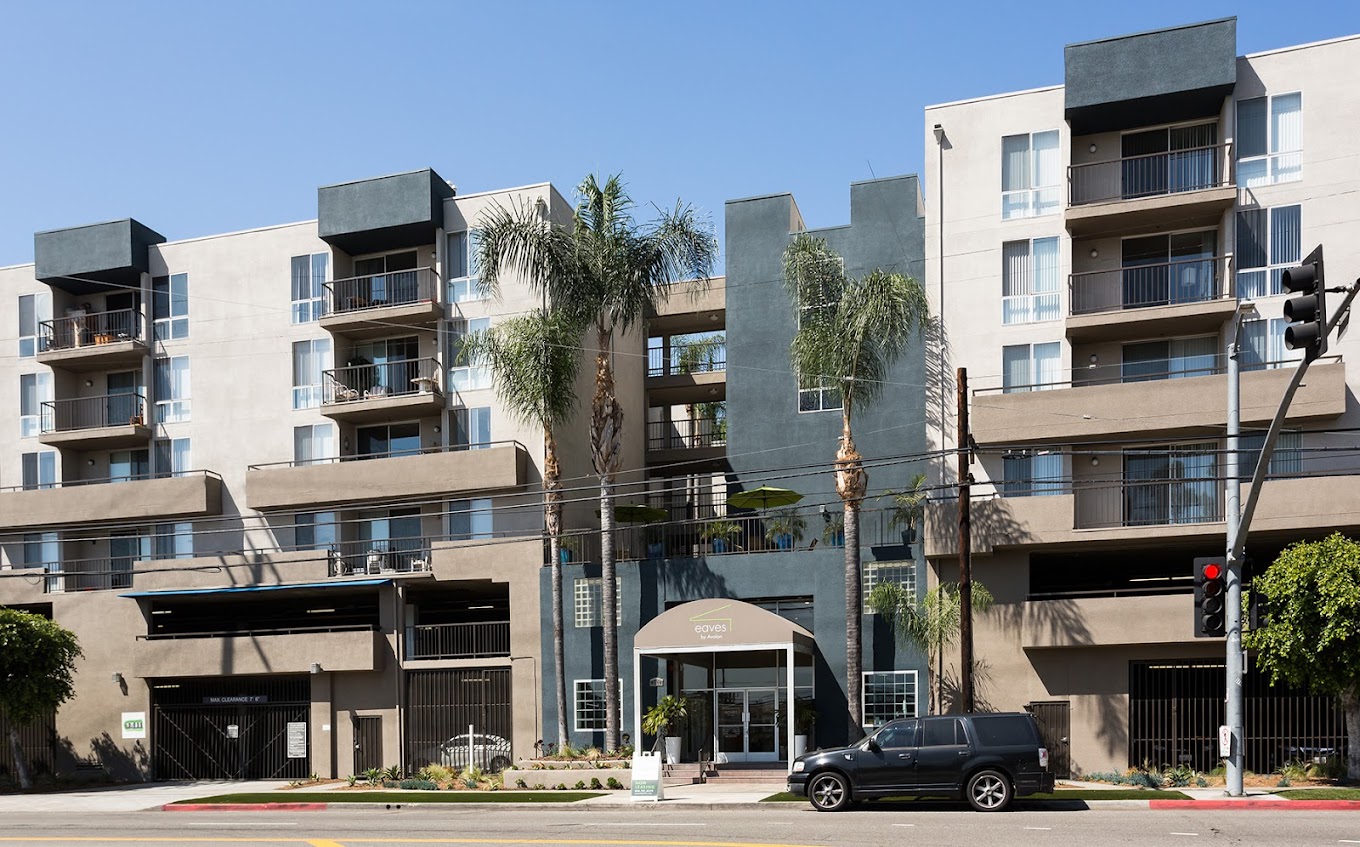LA Metro’s Sepulveda Transit Corridor project
By Keldine Hull
The Los Angeles Metropolitan Transportation Authority is a series of public meetings in selected locations to address the Sepulveda Transit Corridor Project, which aims at constructing a rail transit line that connects the Valley to LAX.
According to Metro, “The natural barrier created by the Santa Monica Mountains means that most people traveling between these areas are funneled primarily onto the I-405 Freeway, already ranked as one of the most traveled urban highways in the nation.” Metro added, “More than 400,000 people travel through this area every day to commute to work, school, and other destinations along the freeway and beyond.”
Metro is currently in the process of conducting its Feasibility Study to identify and evaluate a range of rail transit alternatives between the San Fernando Valley and LAX. The study, which began the end of 2017 and is expected to conclude this fall, is divided into two areas: a Valley- Westside segment and a Westside- LAX segment. Metro continued, “Its findings will be the basis for future environmental analysis and project refinement.”
Potential locations for a stop on the Westside include the UCLA campus, the future Westwood Purple Line Extension stop, the Expo Line Sepulveda and Bundy stations, the Culver City Transit Center, the intersection of Washington Boulevard and the 405 freeway and the intersection of Venice Boulevard and the 405 freeway.
The location of the stations will be determined by the type of train LA Metro chooses. These include Heavy Rail Transit (HRT), currently used by the Red and Purple Lines, Light Rail Transit (LRT), currently used by the Expo Line and Monorail. HRTs, offer the Highest speed, fastest loading but requires a fully separated right-of-way. LRTs offer high speed, flexibility, can operate in-street or on a separated right-of-way. Monorails, while having a lower speed can operate on steeper grades than HRTs and LRTs, something LA Metro is taking into account given the terrain of the Sepulveda Pass.
All of these options can make it from the Valley to the Expo Line in 26 minutes or less, with the fastest being HRTs at 15 minutes. For comparison, without traffic, the same distance takes 22 minutes in a car and 110 minutes in traffic.
Through the public meetings, Metro looks to not only present transit concepts and cost projections but to receive public input as well.
To learn more about the Sepulveda Transit Corridor Project, visit: https://media.metro.net/projects_studies/images/factsheet_sepulveda_transit_corridor_2018.pdf













